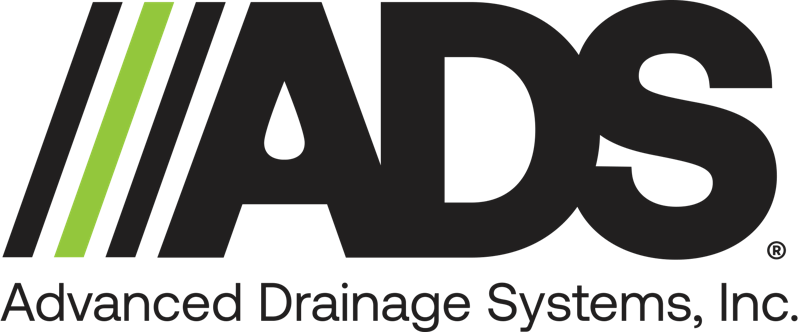Water
November 7, 2025 / 4 minute read
How Collaboration Is Changing the Future of Stormwater Management

Stormwater management is at the center of today’s most pressing water challenges. From climate-driven floods and droughts to aging infrastructure and funding constraints, communities are being pushed to rethink how they view, value, and manage water.
In a recent conversation, ADS’ Dan Figola and Michelle Mangan sat down with Seth Brown, Executive Director of the National Municipal Stormwater Alliance (NMSA), to discuss how education, innovation and collaboration are shaping the next generation of stormwater solutions.
Shifting Perception: From Nuisance to Resource
For much of modern infrastructure history, stormwater was treated as a nuisance, something to move away as quickly as possible. That mindset, the panel agreed, no longer fits the reality of a changing climate.
“Stormwater truly is a resource,” said Figola, Director of Engineering and Environmental Strategy at ADS. “It can be a beneficial tool if we harness it correctly, but it can also be destructive when managed poorly.”
Brown echoed the sentiment, noting that stormwater must be viewed on equal footing with drinking water and wastewater systems. “Our infrastructure to manage runoff provides a service,” he said. “It deserves the same recognition, funding and attention as every other part of the water sector.”
Making Water Work Harder
The discussion highlighted a growing emphasis on stormwater harvesting, capturing and reusing runoff for non-potable applications like irrigation, cooling and industrial processes.
“What used to be a ‘nice to have’ has become a ‘must have,’” said Mangan. “We’re seeing engineered systems serve large corporations and municipalities where water scarcity is real.”
Examples span from Santa Fe, New Mexico to Minnesota, where communities are developing stormwater reuse utilities to offset groundwater withdrawals and create more resilient supplies. The payoff, according to Brown, is both environmental and economic. “There’s a return on investment. When cities invest in capturing stormwater, they reduce flooding, lower potable demand and create long-term value.”
Policy, Technology, and the Pace of Change
Despite advancements in stormwater science, policy and regulation often lag behind technology. Figola pointed out that many municipal programs “checked the box” when stormwater regulations were introduced decades ago but haven’t evolved at the same pace as modern testing or product innovation.
Brown added that groups like NMSA are working to bridge this gap through initiatives such as the Stormwater Testing and Evaluation for Products (STEP) program, which verifies technology performance and builds trust among municipalities. “When regulators know these solutions work, it makes it easier to raise the bar,” he said.
Collaboration Across Boundaries
Throughout the discussion, collaboration emerged as a central theme. Organizations like ADS and NMSA play complementary roles—ADS developing advanced water management systems and NMSA helping communities implement and maintain them effectively.
“Manufacturers need to hear directly from municipalities about the challenges they face,” said Figola. “That feedback helps us design better solutions. It’s about sharing both problems and progress.”
Brown agreed, emphasizing that connecting technologists, engineers, and regulators creates real momentum. “Our job at NMSA is to make stormwater programs more effective and cost-efficient,” he said. “Collaboration with private-sector leaders like ADS helps us do that.”
Raising Awareness from the Ground Up
The conversation concluded with a reflection on public understanding. Stormwater systems are mostly invisible, buried beneath streets and parking lots. As a result, awareness is low.
“People know they have a problem, but they don’t know what the solution is,” said Figola. “We need to keep telling that story.”
Mangan shared examples of community art projects and local outreach that make stormwater visible, while Brown noted a growing inclusion of stormwater education in schools. “Change happens slowly, but we’re moving in the right direction,” he said.
A Sector Coming of Age
As climate pressures intensify, so does the urgency to act. The panelists agreed that greater awareness, investment, and collaboration are key to unlocking the full potential of stormwater management.
Brown summarized it best: “Stormwater professionals have long been at the kids’ table when it comes to infrastructure discussions. It’s time for us to have a seat at the adults’ table.”
